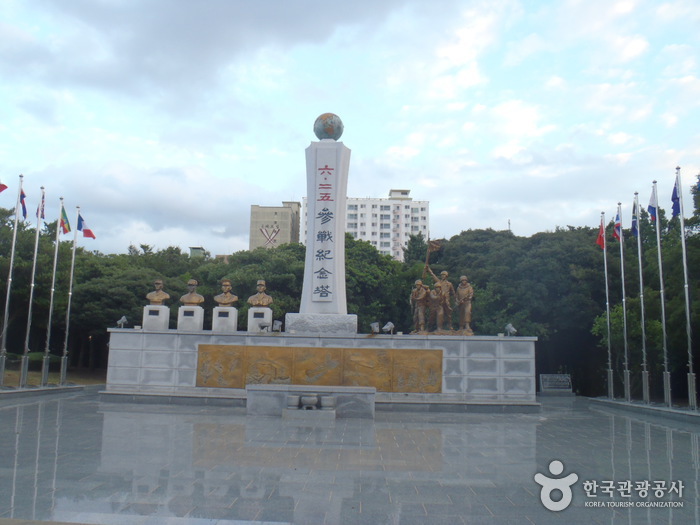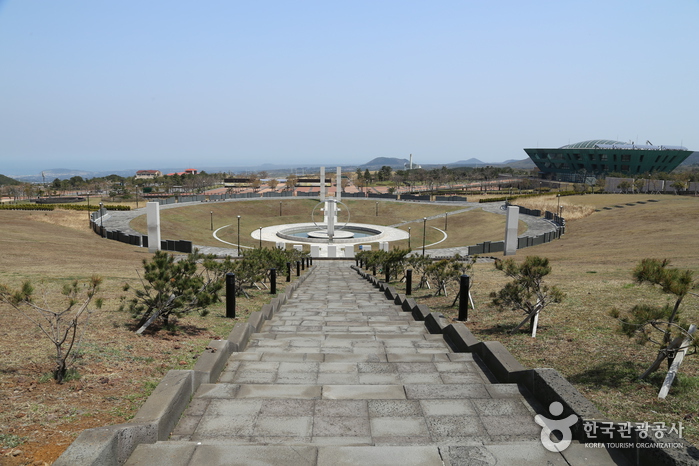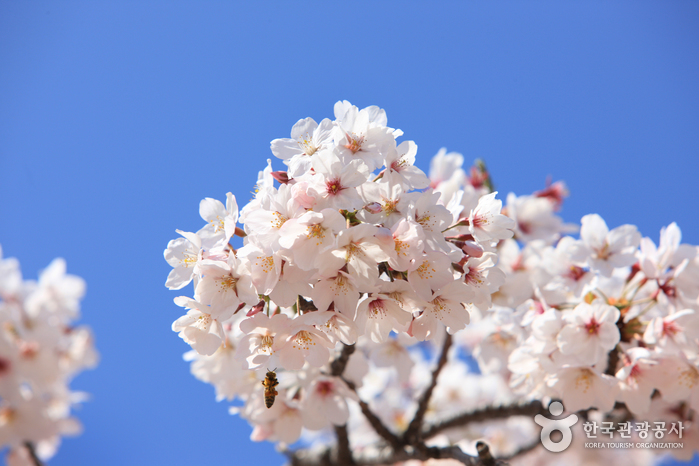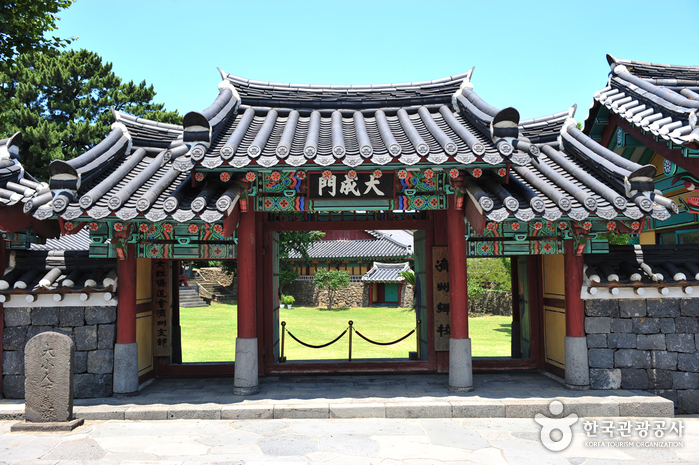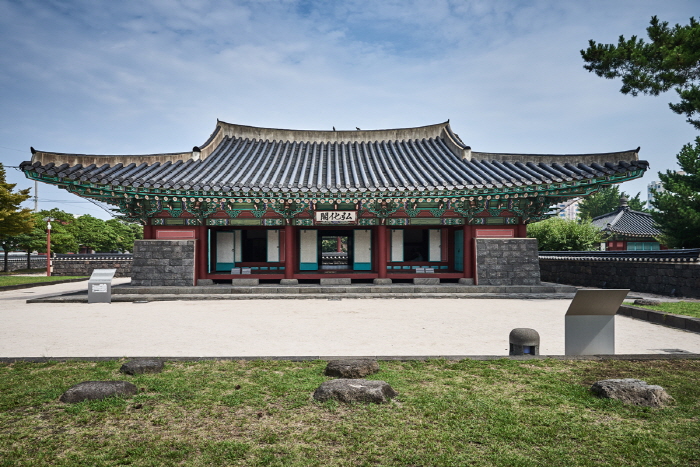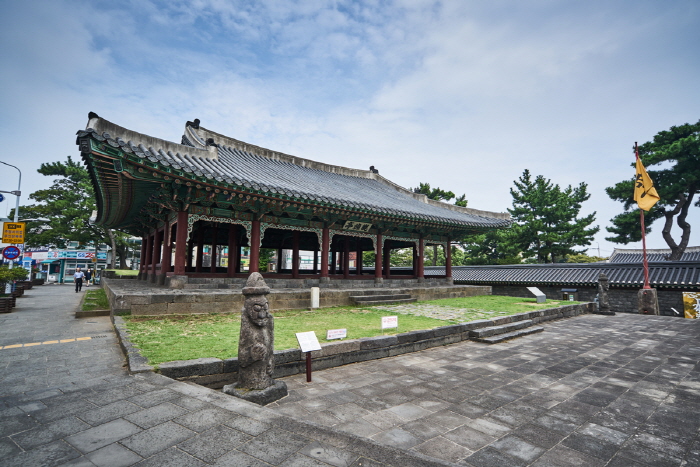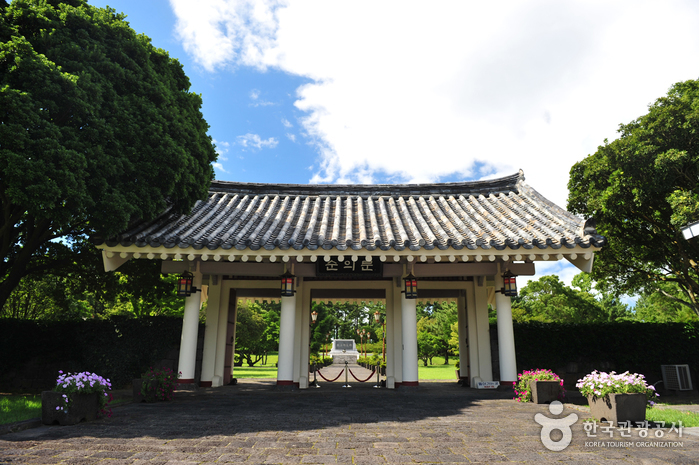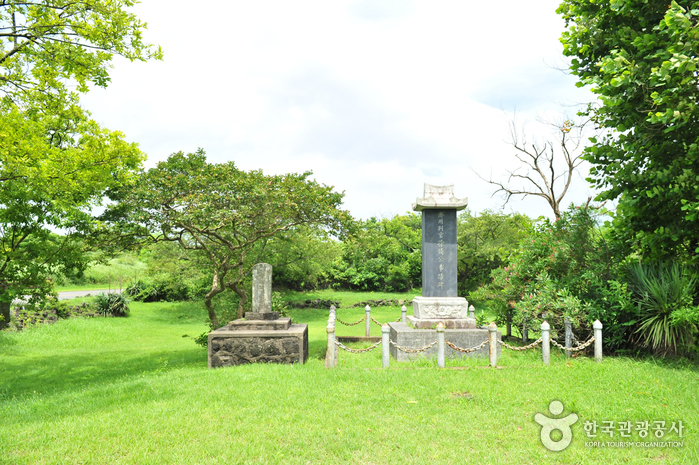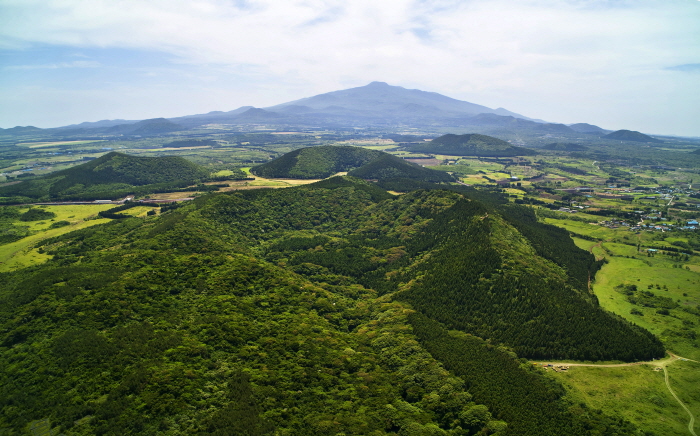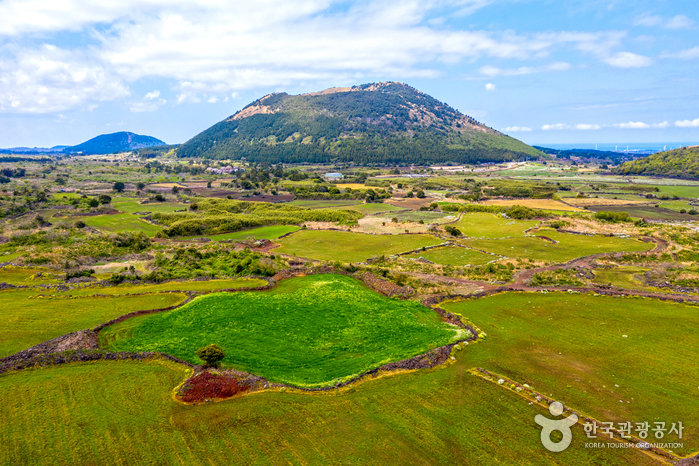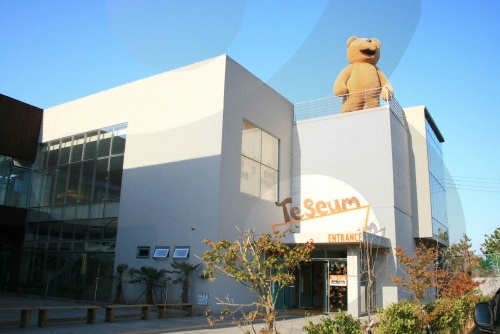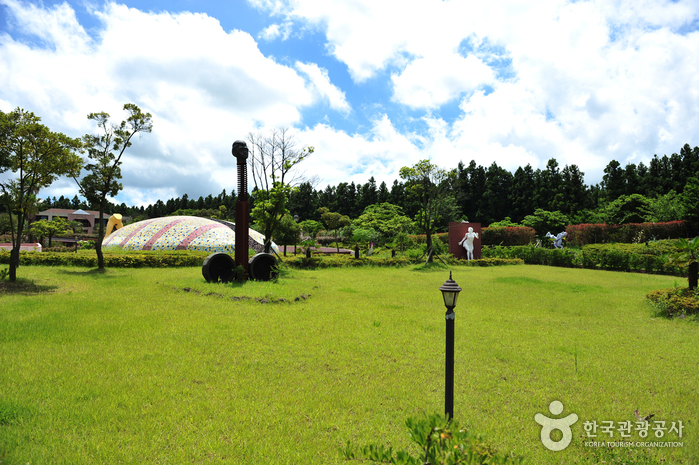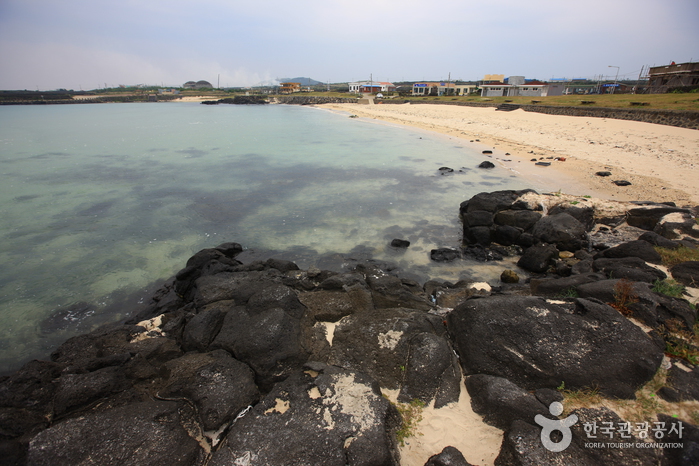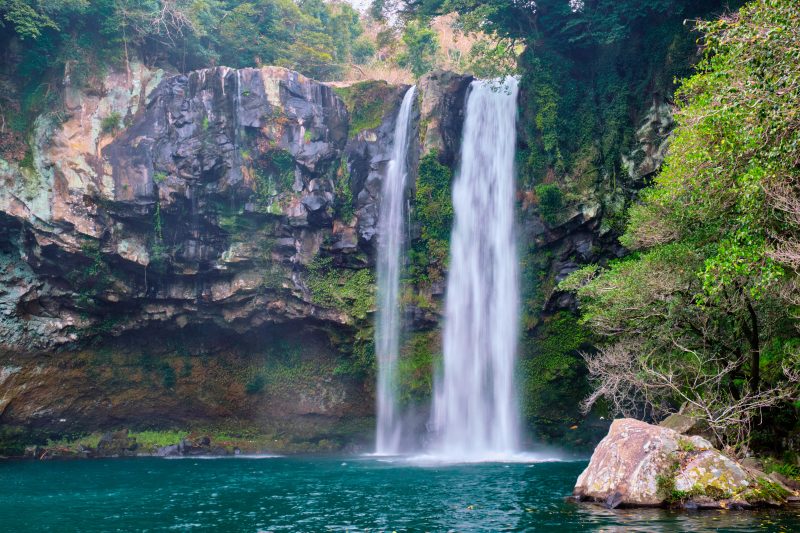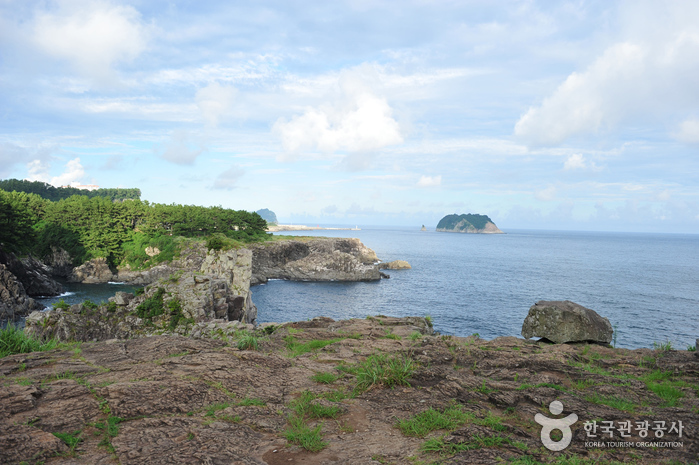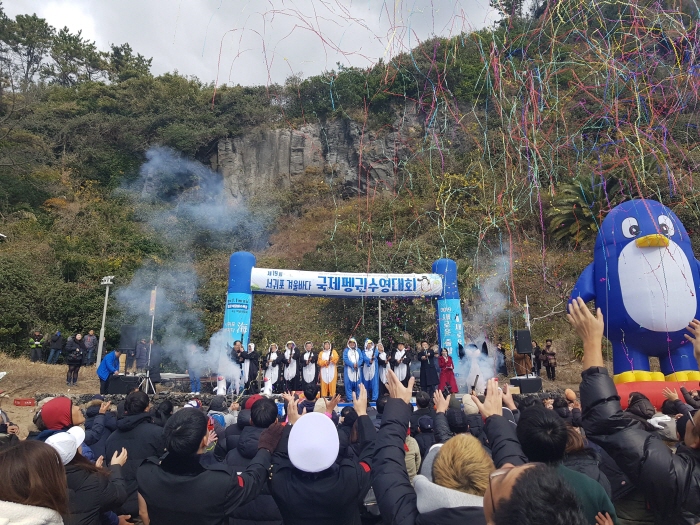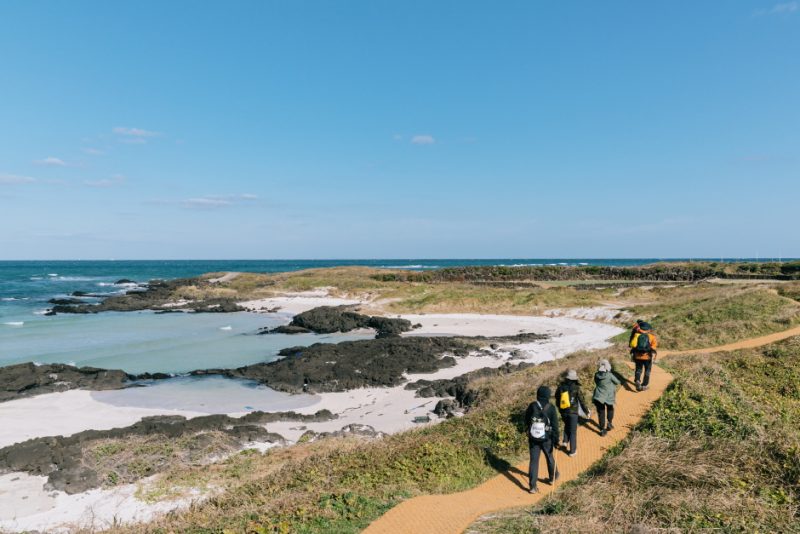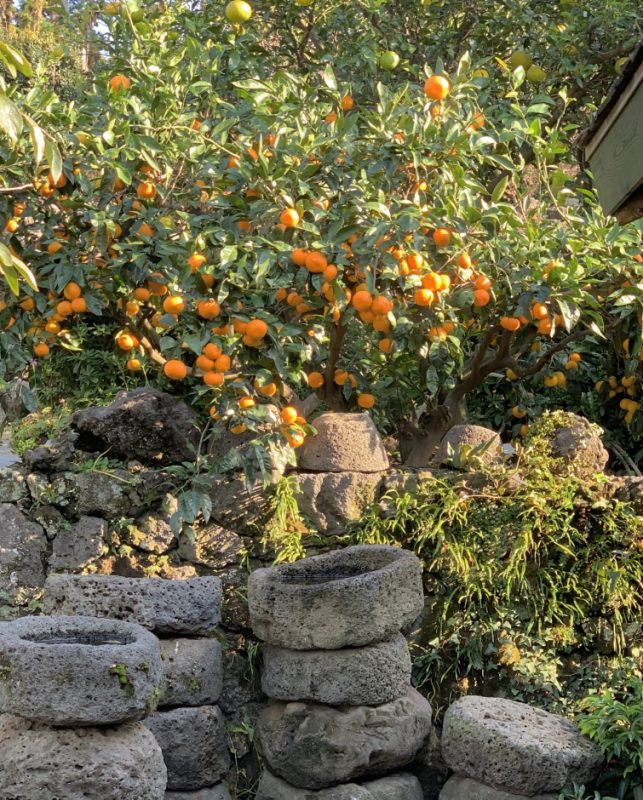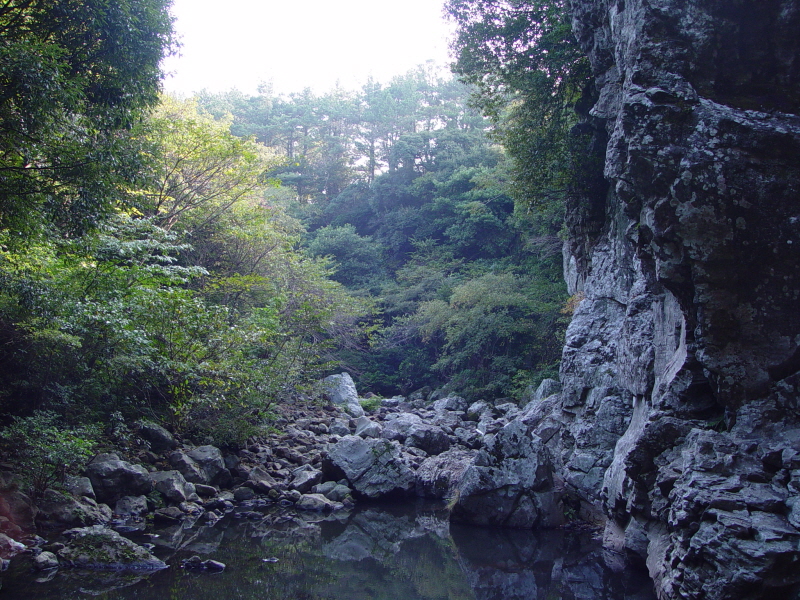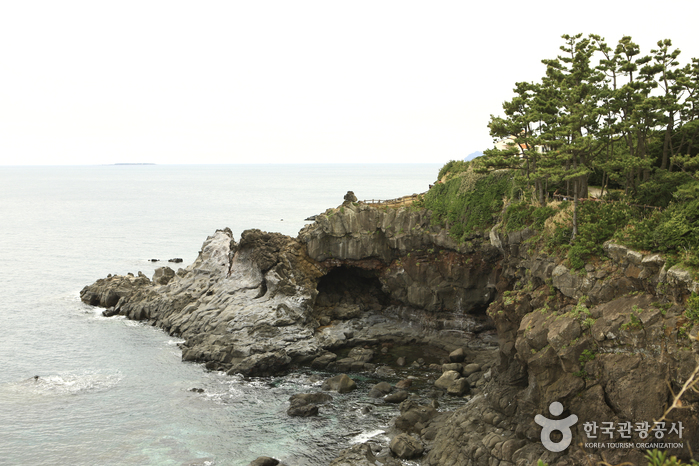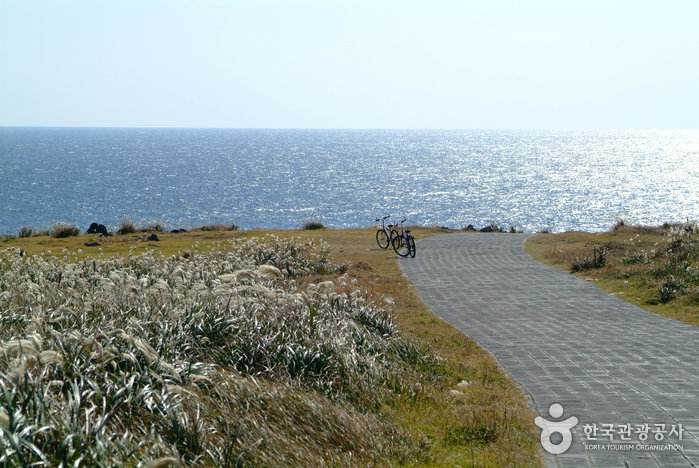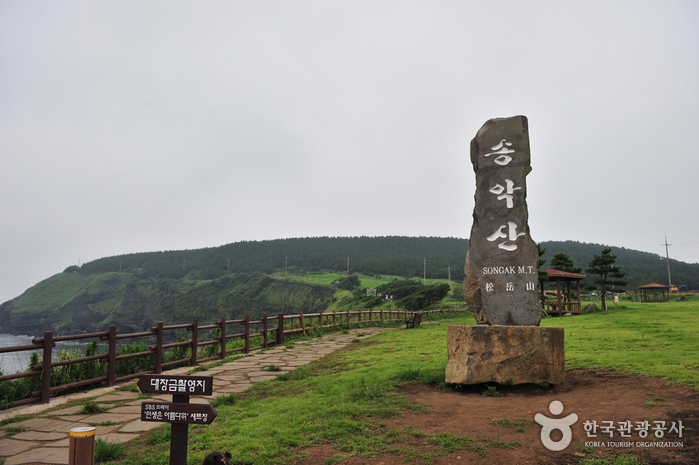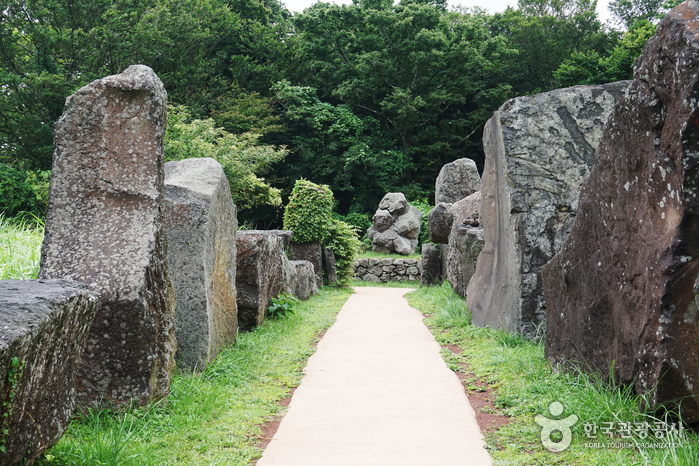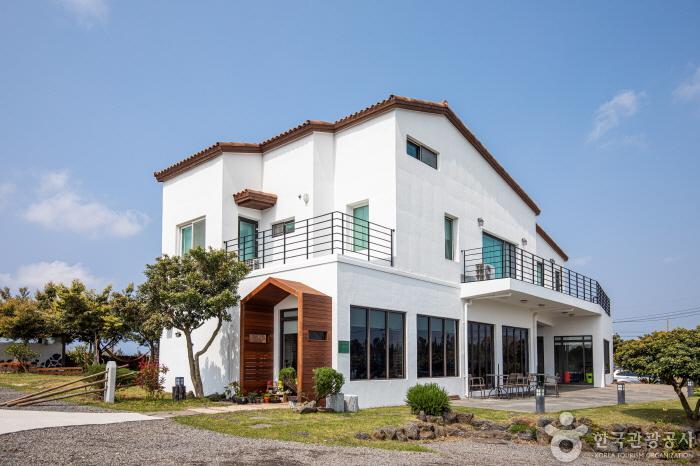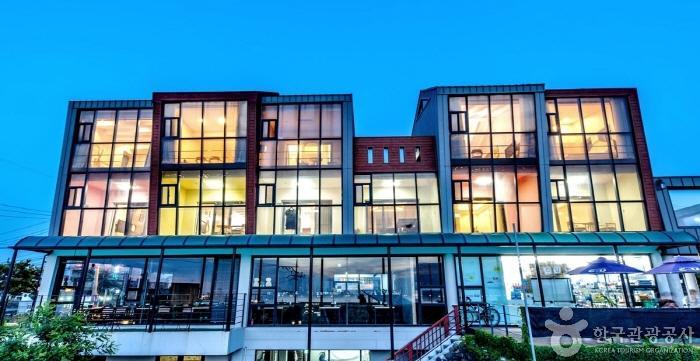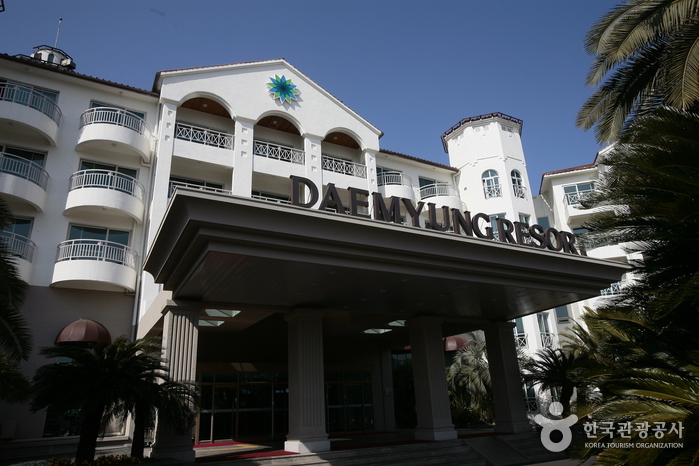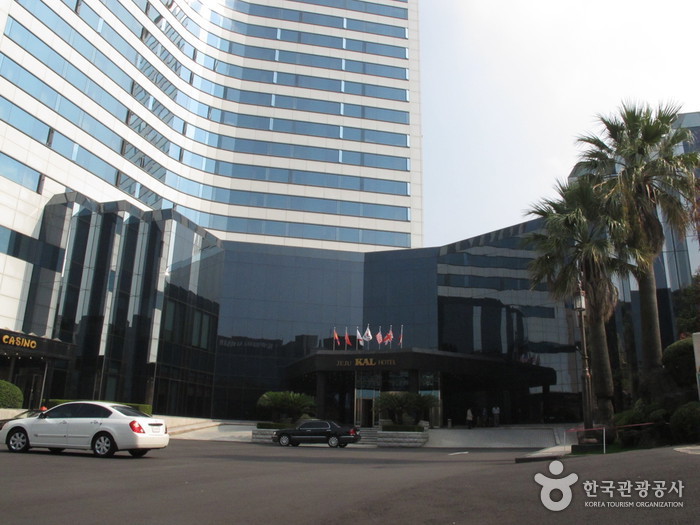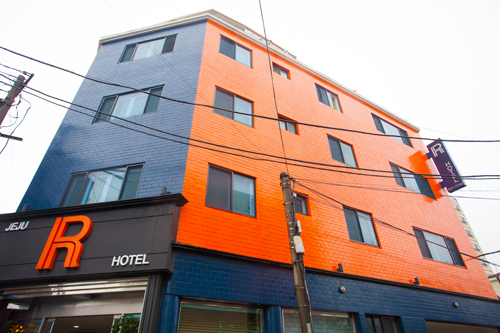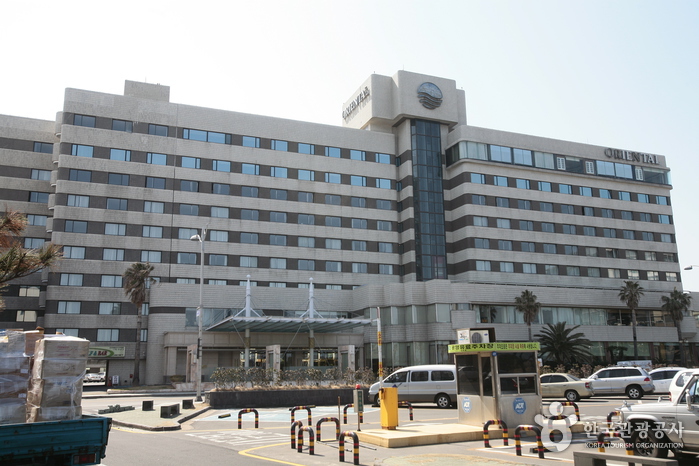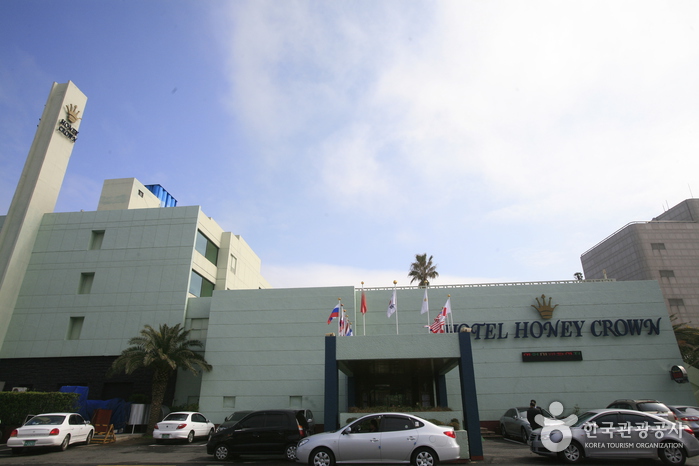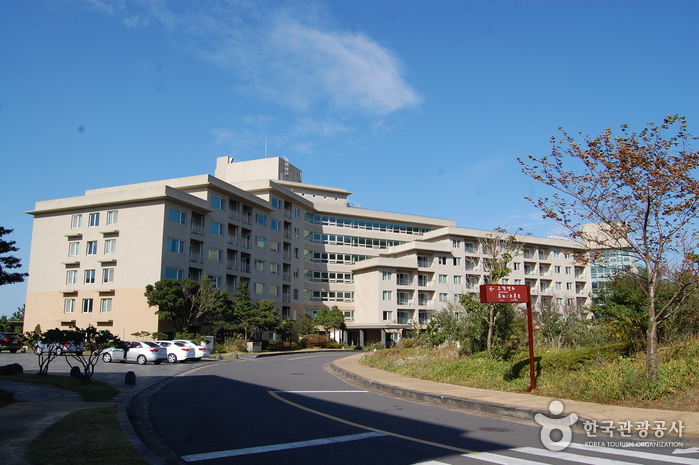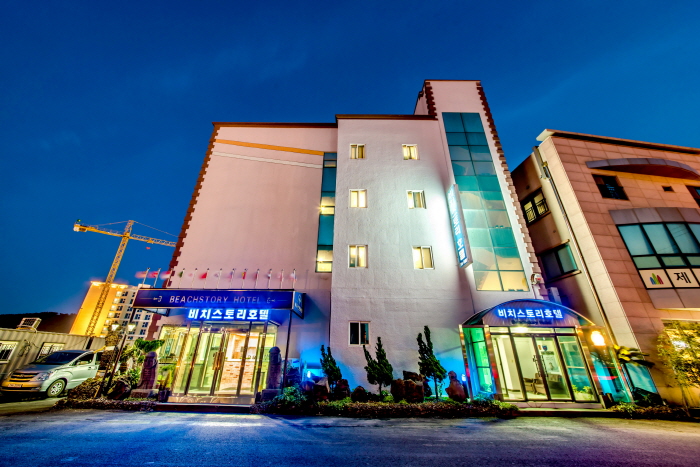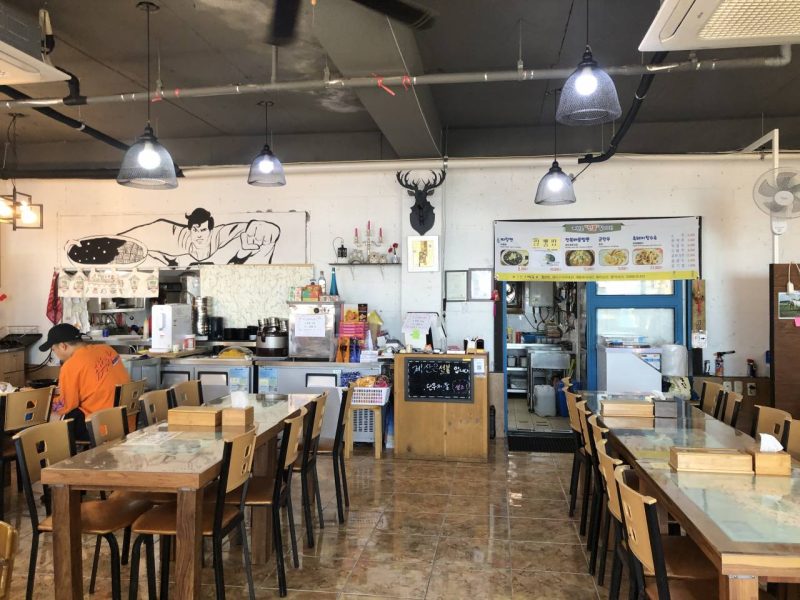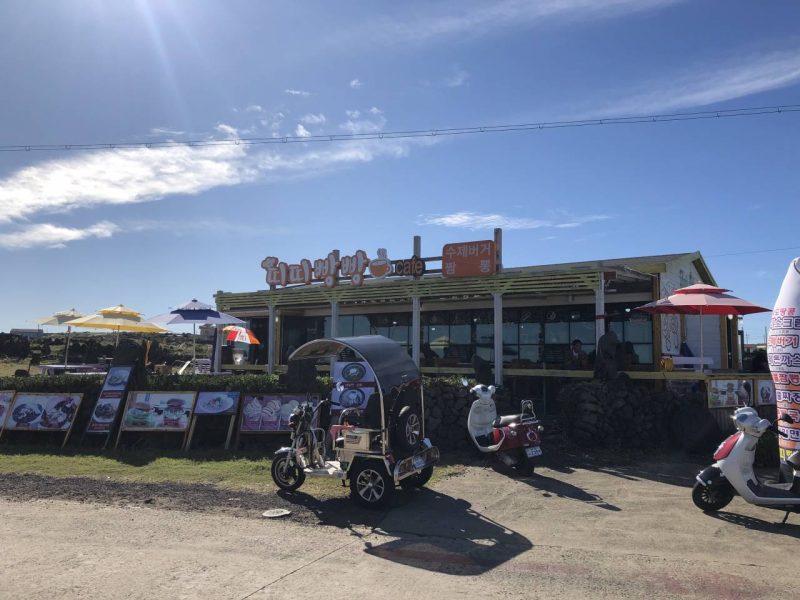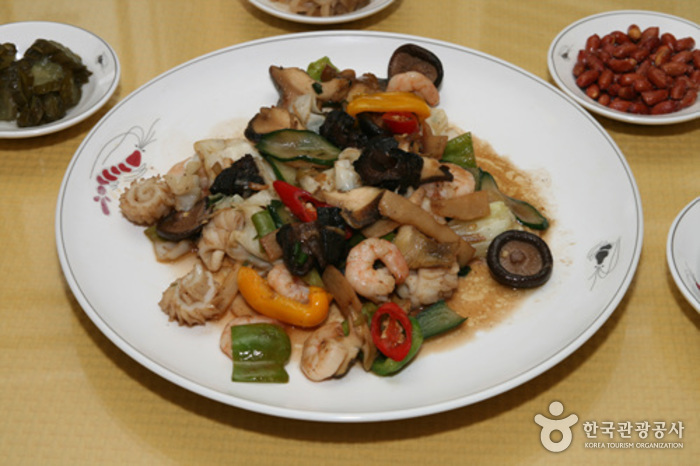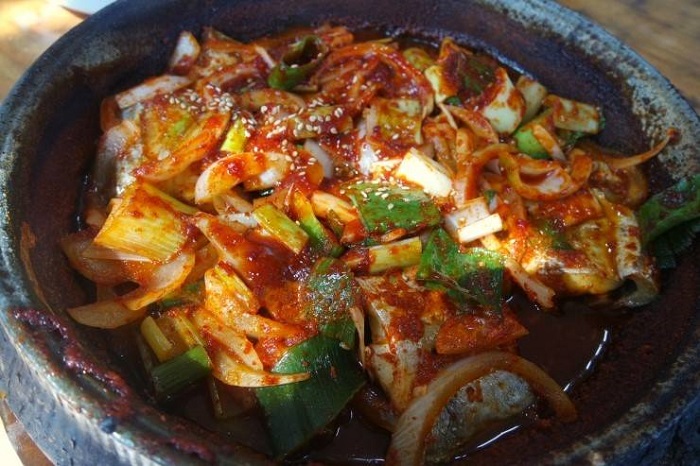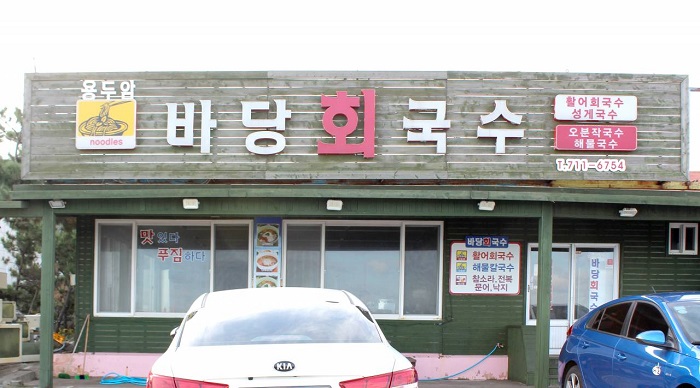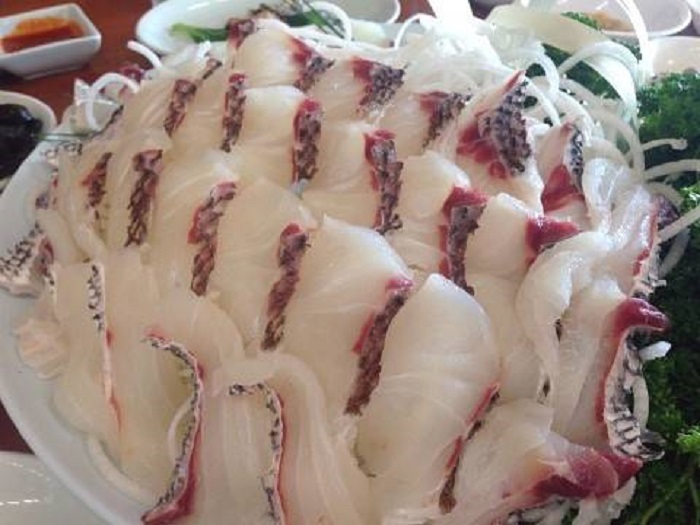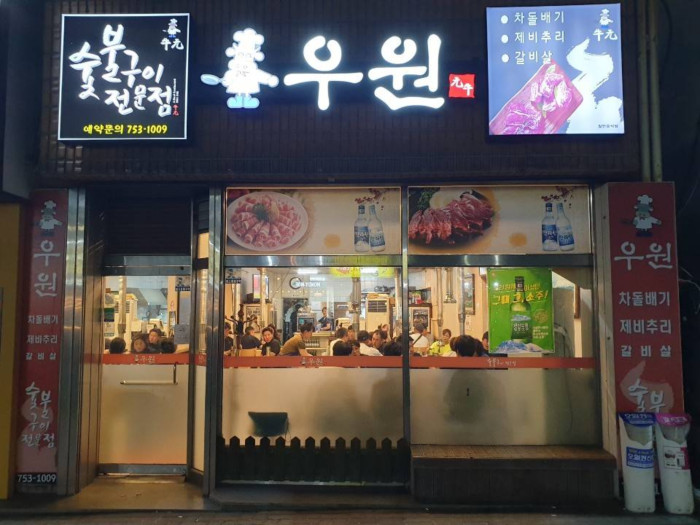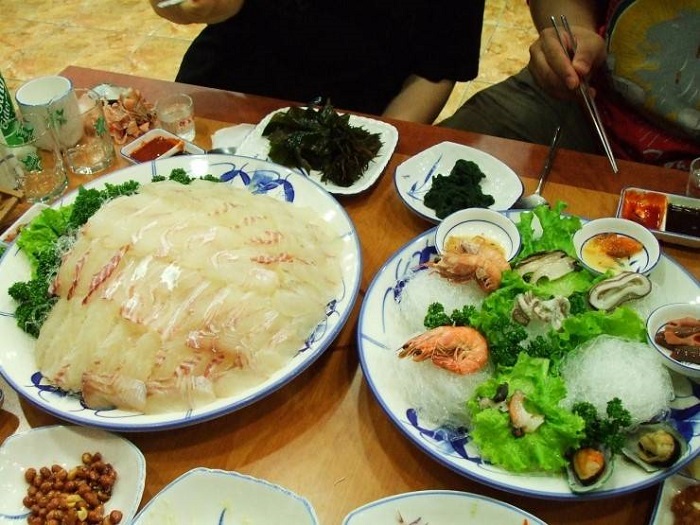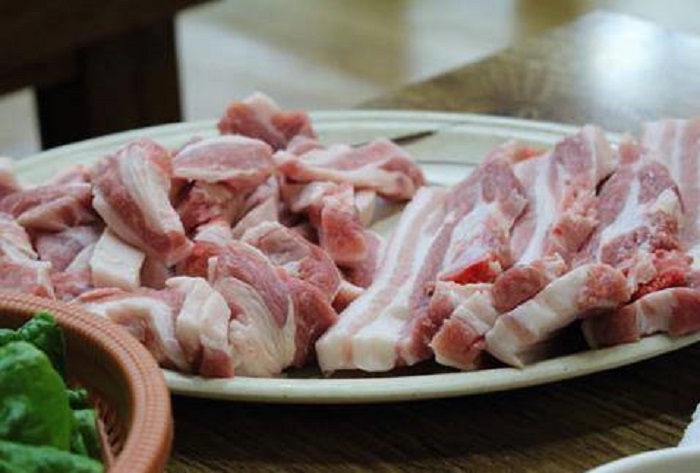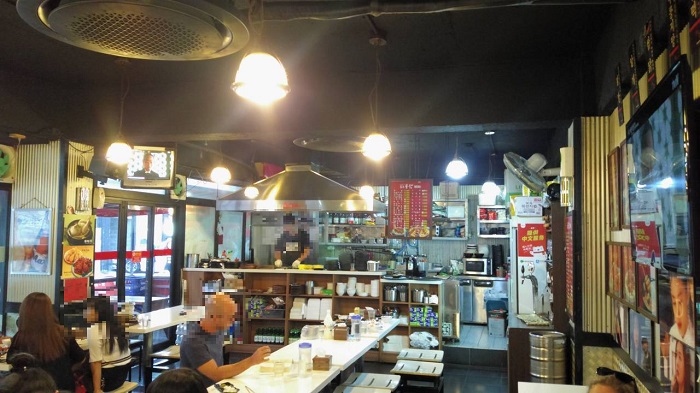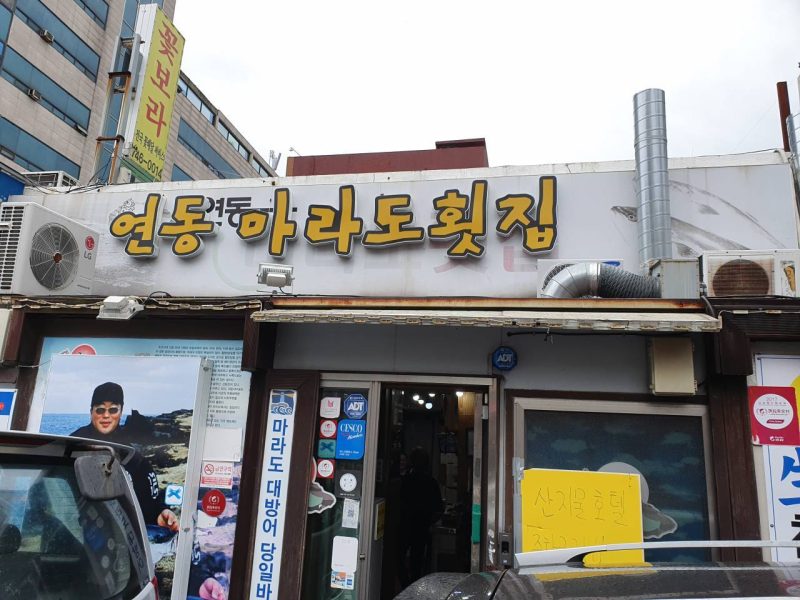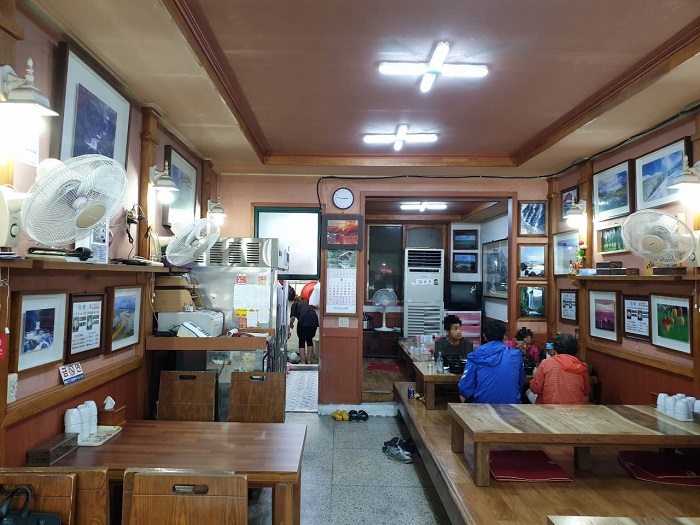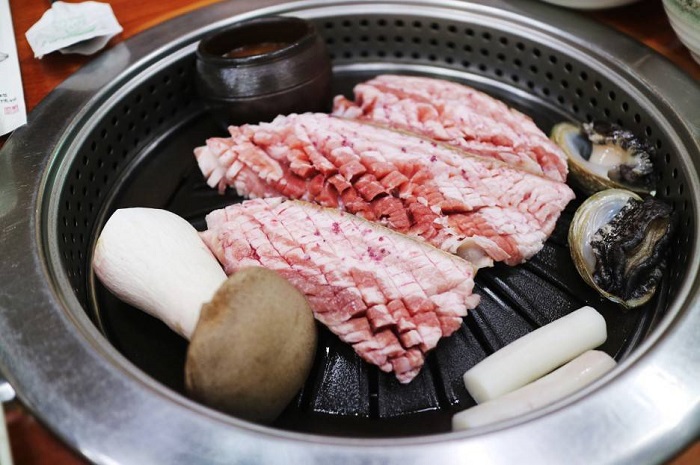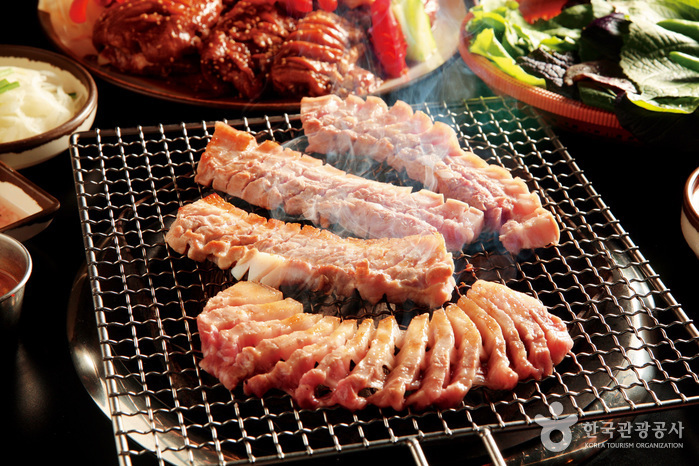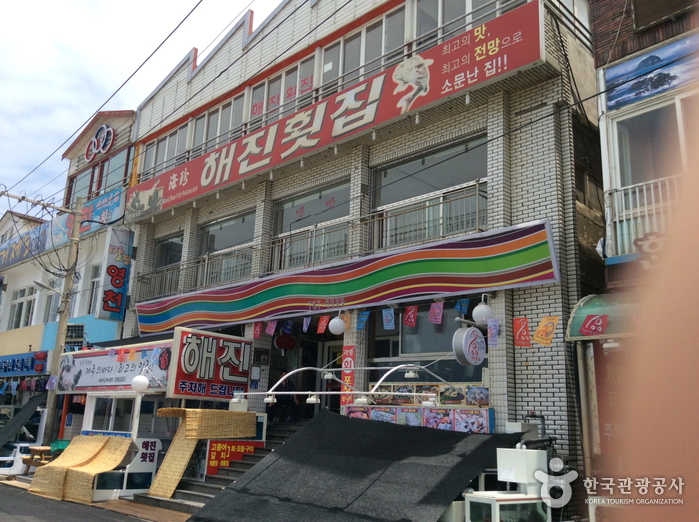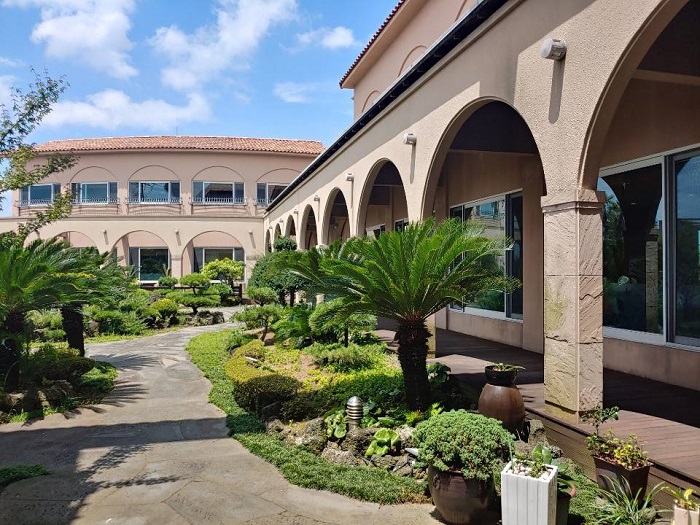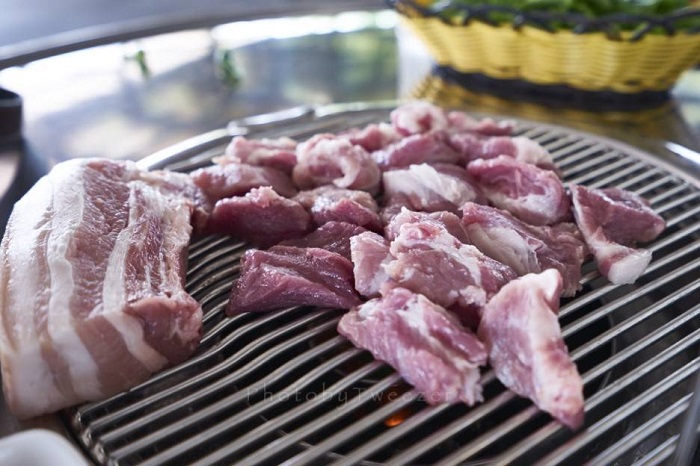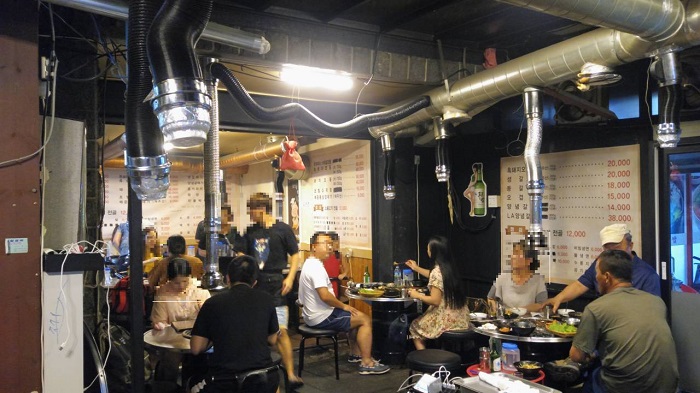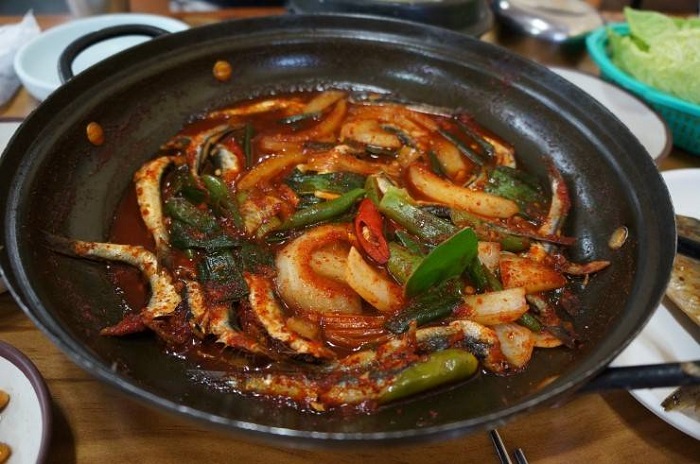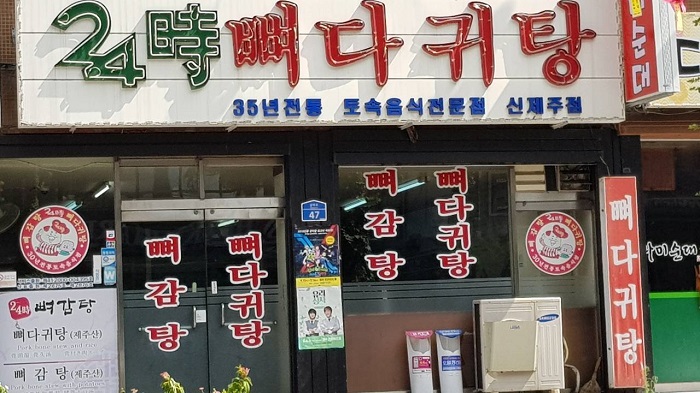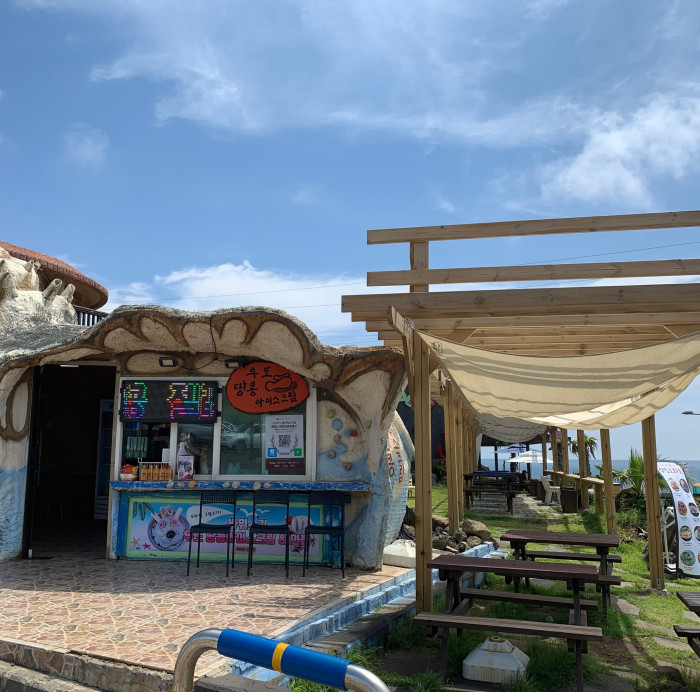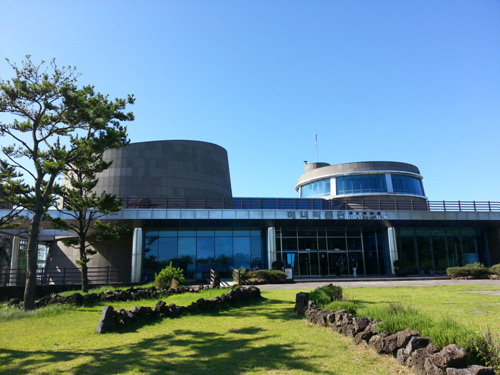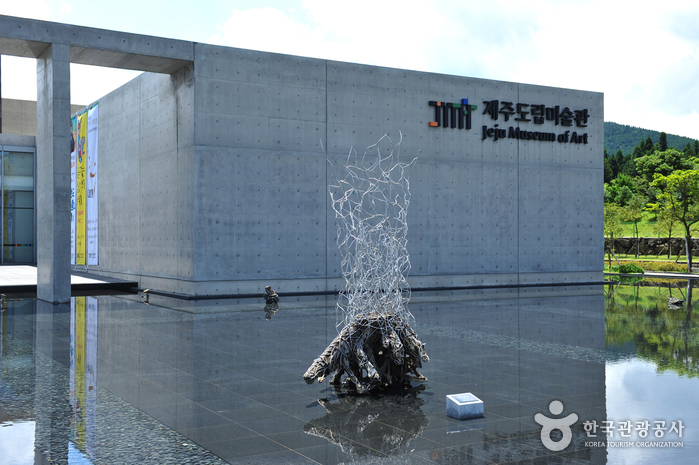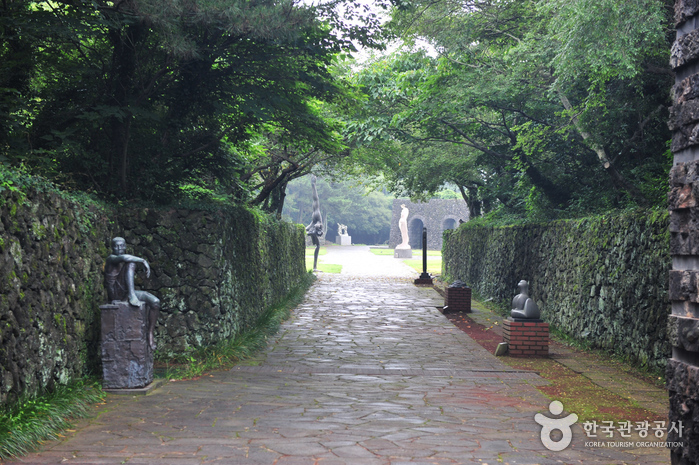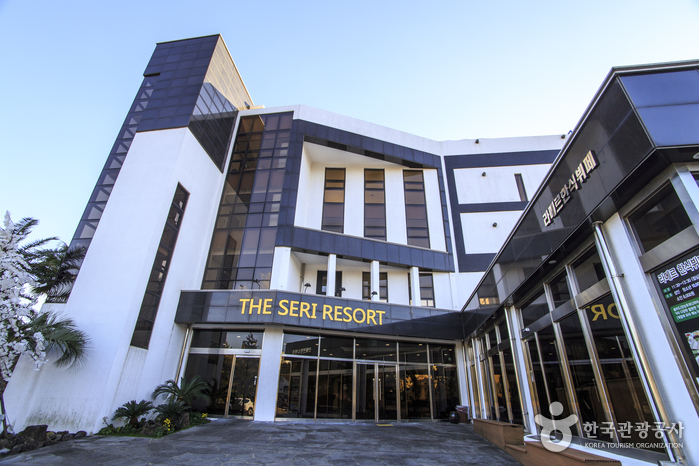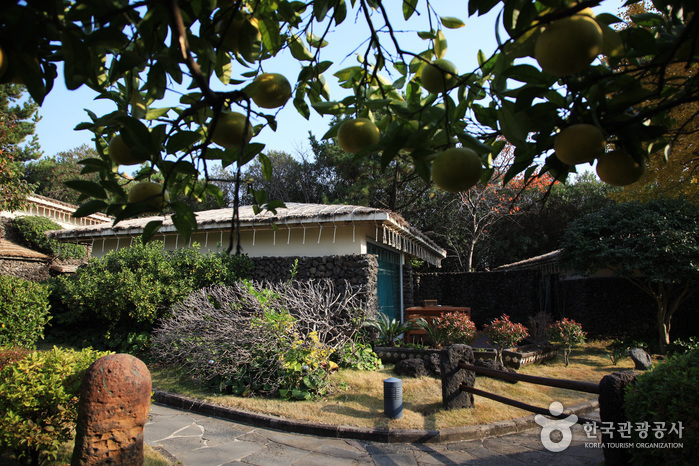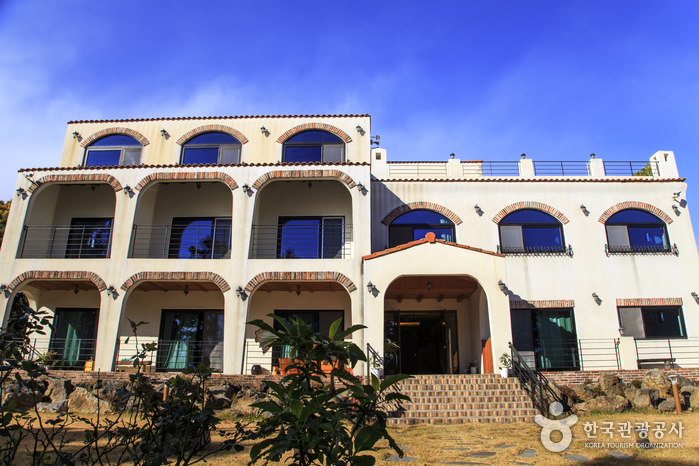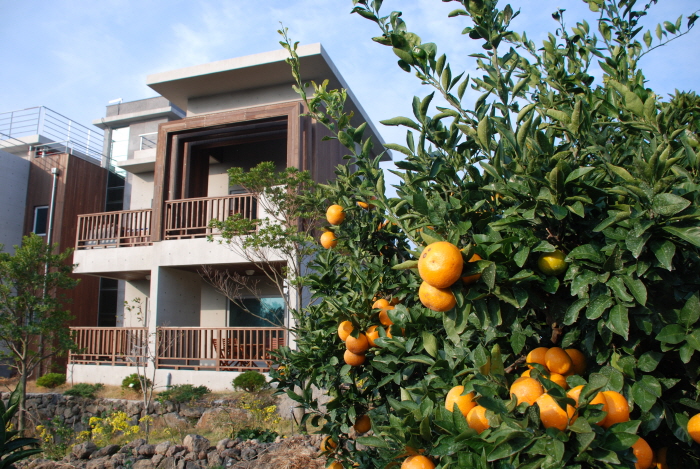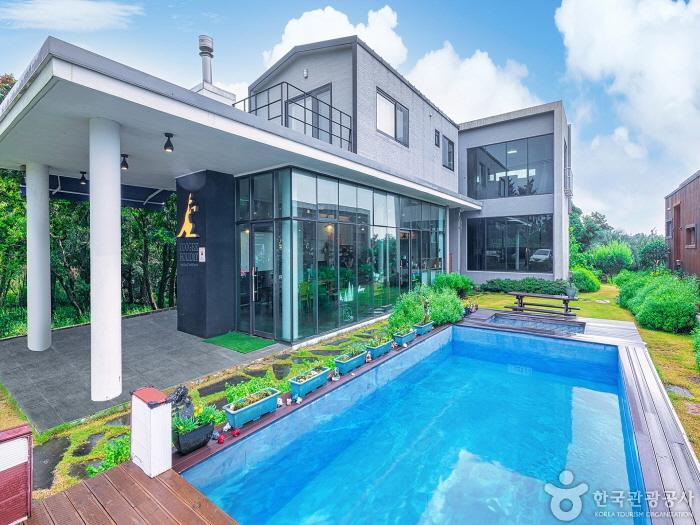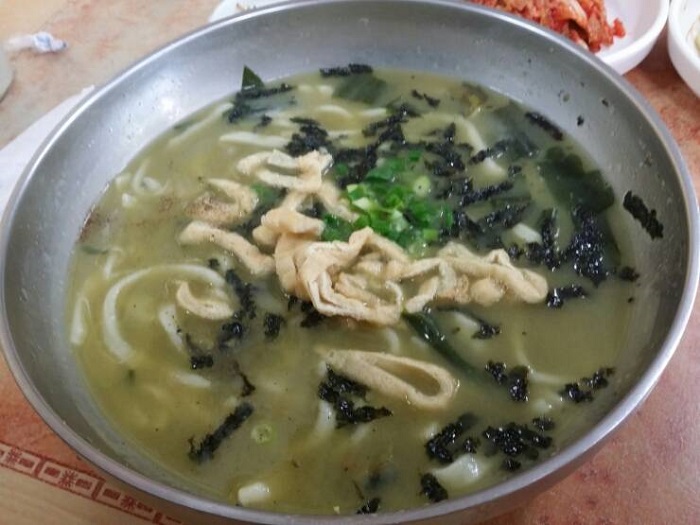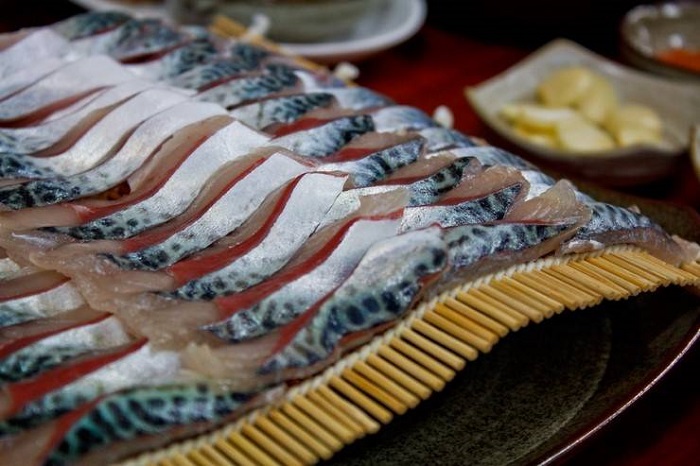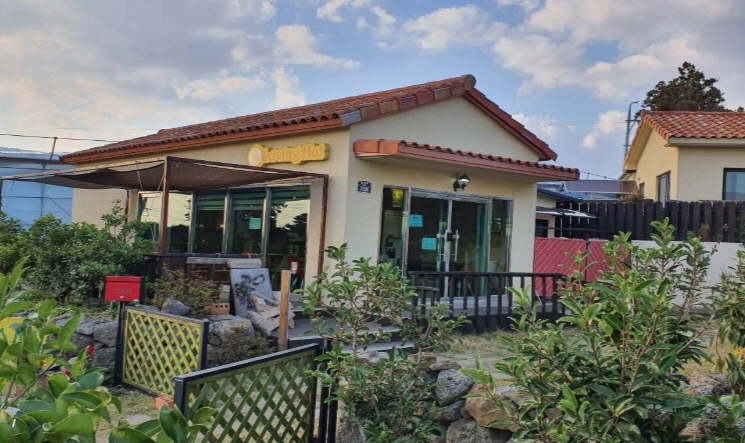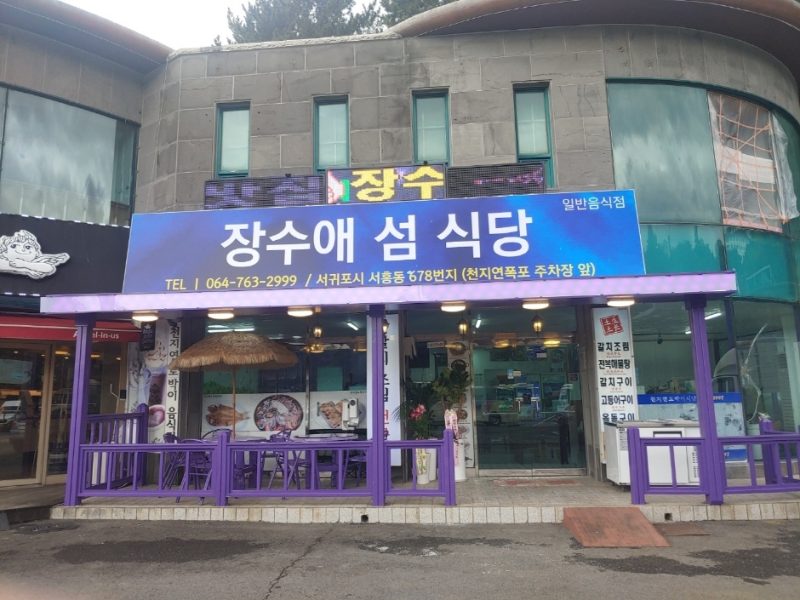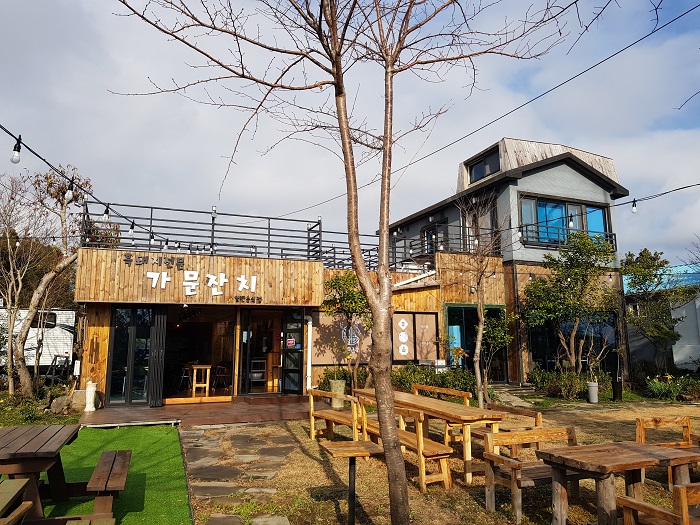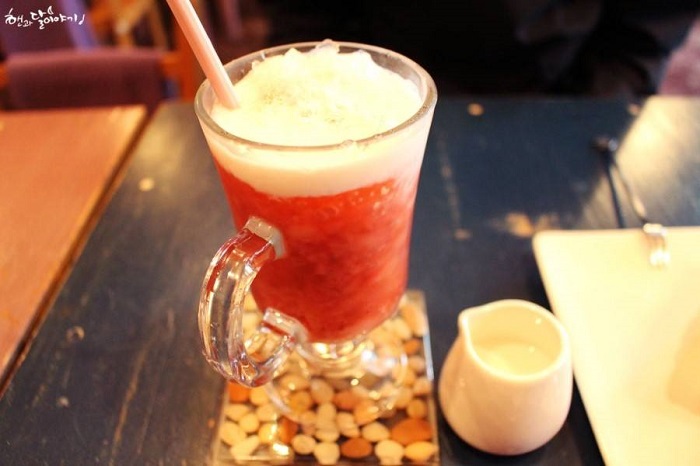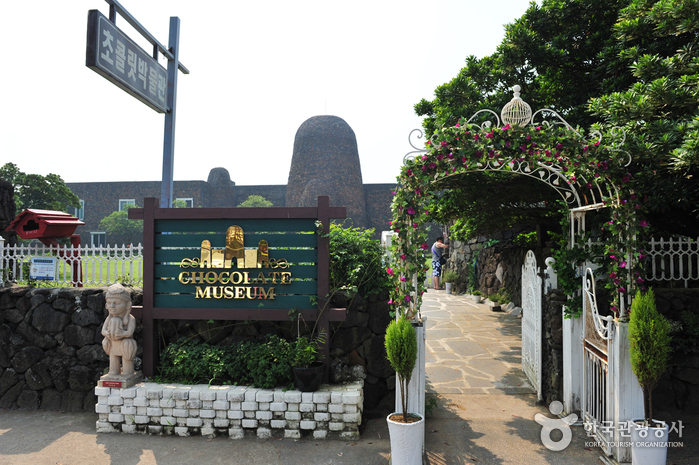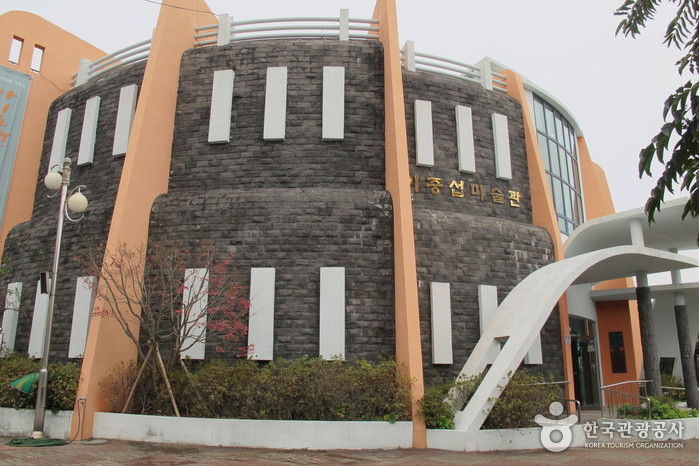Explore the Enchanting Beauty of Jeju Island: Where Nature Unfolds Its Wonders
Welcome to Jeju, a unique and captivating island nestled at the southernmost tip of South Korea. Jeju Island is a special self-governing province comprising 80 large and small islets, surrounded entirely by the sea. With its northernmost point in Gujwa-eup, Jeju City, at 34°00′ North latitude and its southernmost point in Gapa-ri, Daejeong-eup, Seogwipo City, at 33°06′ North latitude, Jeju spans an area of 1,849.02 square kilometers and is home to a population of 624,394 as of 2015. The province is administratively divided into two cities and two counties, including Jeju City and Seogwipo City, each comprising several towns and districts.
Why Visit Jeju
Jeju Island, a UNESCO World Natural Heritage site, beckons travelers with its breathtaking natural wonders, rich cultural heritage, and unique way of life. Here’s why you should plan a visit to Jeju:
- Stunning Natural Landscapes: Discover the awe-inspiring beauty of Jeju’s landscapes, from the volcanic wonders of Manjanggul Cave and Seongsan Ilchulbong (Sunrise Peak) to the picturesque Cheonjiyeon and Cheonjeyeon Waterfalls. Enjoy the serene atmosphere of the Loveland sculpture park or explore the lush gardens at Yeomiji Botanical Garden. Don’t miss the famous Jusangjeolli Cliff, a dramatic rock formation created by volcanic activity. Whether it’s relaxing on the beaches of Jungmun Saekdal or trekking through Hallasan National Park, Jeju’s nature is a paradise for outdoor enthusiasts.
- Cultural Heritage: Jeju Island boasts a rich cultural heritage, evident in the traditional stone houses known as dol hareubang (stone grandfathers), the UNESCO-listed Haenyeo (female divers) culture, and the ancient practice of Shamanism. Discover the Jeju Folk Village to step back in time and learn about the island’s cultural history. Embrace the vibrant traditions and festivals, such as the annual Jeju Fire Festival and the Haenyeo performance, which offer a glimpse into the island’s unique customs and way of life.
- Gastronomic Delights: Savor the flavors of Jeju’s renowned cuisine, featuring the freshest seafood, delectable black pork, and unique local dishes like heukdwaeji (black pork) bulgogi and abalone porridge. Jeju is a culinary haven, offering a delightful blend of traditional and modern flavors.
Plan your Visit
To make the most of your trip to Jeju, consider the following:
- Best Time to Visit: The ideal time to visit Jeju is during spring (April to June) and autumn (September to November) when the weather is mild, and the island is adorned with colorful blossoms or fall foliage. Summer (July to August) attracts visitors with its lively festivals, but it can be hot and humid. Winter (December to February) offers a quieter atmosphere and occasional snowfall.
- Transportation: Getting to Jeju is easy, with frequent domestic flights from major cities in South Korea. Alternatively, you can take a ferry from Busan or other coastal cities. Once on the island, renting a car or using public transportation like buses and taxis is recommended to explore its diverse attractions.
- Language: Korean is the official language spoken on Jeju Island. While English is commonly understood in tourist areas, having some basic Korean phrases can enhance your travel experience.
- Currency: The official currency of South Korea is the Korean Won (KRW). ATMs are widely available on the island, and credit cards are accepted at most establishments.
- Safety: Jeju is known for its safety and welcoming atmosphere. However, like any travel destination, it’s essential to practice general safety precautions and be mindful of your belongings.
Immerse yourself in the natural splendor, cultural richness, and warm hospitality of Jeju Island. Discover the island’s UNESCO sites, indulge in its delightful cuisine, and create unforgettable memories amidst the beauty of this enchanting destination.










